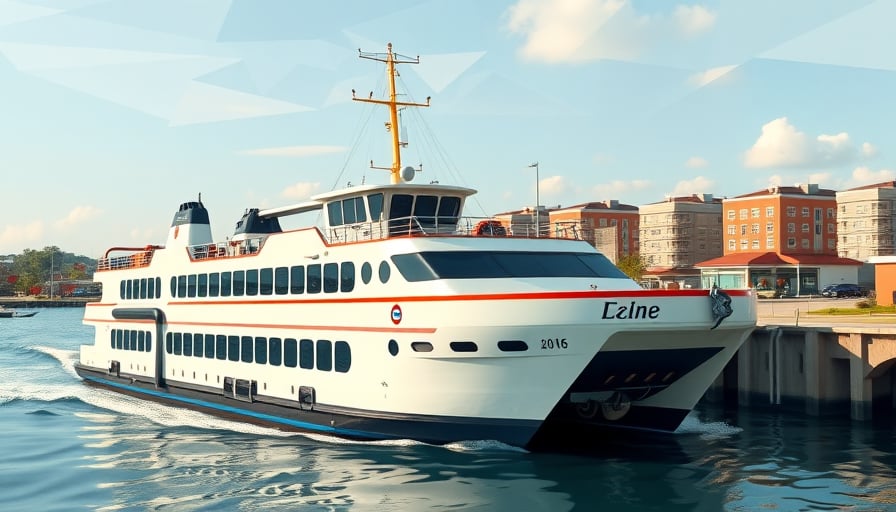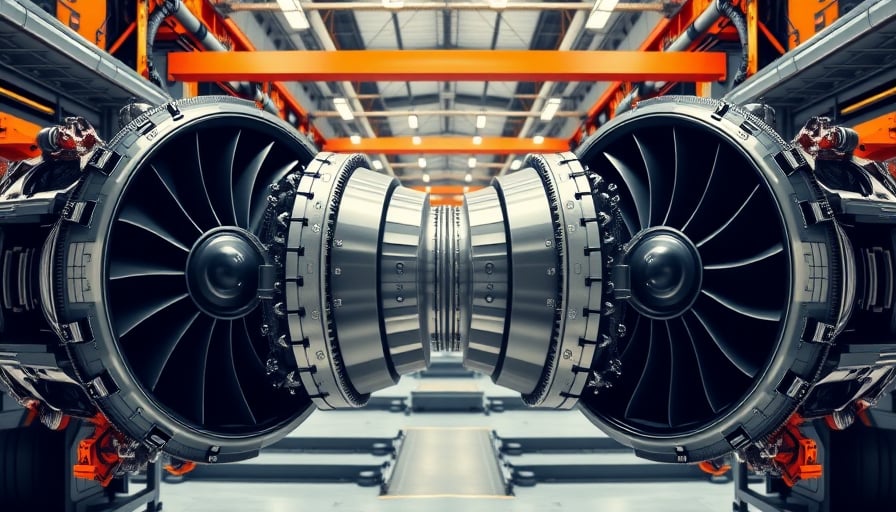Corporate News
Mitsubishi Heavy Industries Ltd. (MHI) announced the recent delivery of its large car ferry, KEYAKI, to Shin Nihonkai Ferry and the Japan Railway Construction, Transport and Technology Agency. The vessel was completed at the Enoura Plant within MHI’s Shimonoseki Shipyard and Machinery Works in Yamaguchi Prefecture. Although the company did not disclose operational or financial details, the delivery underscores several key trends in heavy industry and capital investment.
1. Production Efficiency and Productivity Metrics
The KEYAKI represents a high‑complexity marine asset that incorporates advanced hull‑forming, propulsion, and safety systems. MHI’s utilization of a modular construction approach—pre‑assembling large sections at the Enoura Plant before final integration—reduces cycle times and enhances quality control. According to industry benchmarks, such modularity can cut build time by 15–20 % and lower labor costs per displacement ton. This efficiency is particularly valuable in a market where shipyards face stiff competition and fluctuating order books.
2. Technological Innovation in Heavy Industry
MHI’s integration of next‑generation propulsion technologies, such as hybrid diesel‑electric drives and advanced fuel‑cell systems, aligns with global decarbonization initiatives. These systems improve fuel economy by up to 10 % and reduce NOx emissions, helping operators comply with increasingly stringent International Maritime Organization (IMO) regulations. The ferry’s onboard digital infrastructure—real‑time monitoring of structural health, dynamic positioning, and automated ballast control—illustrates the convergence of cyber‑physical systems in maritime operations.
3. Capital Expenditure Drivers
The Japanese government’s emphasis on infrastructure renewal, coupled with the Ministry of Land, Infrastructure, Transport and Tourism’s (MLIT) targeted subsidies for high‑capacity transport vessels, provides a favorable backdrop for MHI’s shipbuilding program. The KEYAKI project is part of a broader capital expenditure trend that sees heavy‑industry firms allocating 12–15 % of annual revenue to research and development, with a particular focus on sustainability and digitalization. This investment stance is driven by:
- Regulatory incentives: Tax credits for low‑emission vessels and grants for green technology adoption.
- Market demand: Rising passenger and freight traffic between mainland Japan and remote islands.
- Strategic positioning: Maintaining a competitive edge in high‑value, low‑volume segments of the maritime market.
4. Supply Chain and Infrastructure Implications
MHI’s supply chain spans a global network of component suppliers, including turbine blades, composite materials, and advanced control electronics. Recent geopolitical tensions have prompted a shift toward near‑shoring critical components to mitigate risk. The Enoura Plant’s proximity to key logistics hubs in Yamaguchi Prefecture facilitates just‑in‑time deliveries of large structural modules, reducing storage costs and inventory holding times.
Infrastructure spending in Japan’s transport sector—particularly in rail and port modernization—creates a synergistic demand for integrated maritime assets like the KEYAKI. Enhanced port facilities and intermodal connectivity enable efficient transfer of cars and freight between sea and rail networks, amplifying the vessel’s commercial viability.
5. Market Implications and Outlook
The delivery of KEYAKI demonstrates MHI’s capacity to deliver complex, high‑performance marine assets while adhering to rigorous safety and environmental standards. As capital expenditures in heavy industry continue to rise, firms that master digital integration and sustainable technology will likely secure a larger share of the market. MHI’s continued focus on productivity improvements, coupled with its diversified portfolio—including turbines, engines, and aircraft components—positions it well to capitalize on forthcoming opportunities in both domestic and export markets.
In summary, the KEYAKI delivery reflects MHI’s strategic alignment with global trends in productivity, technological innovation, and capital investment. It also highlights the interconnected nature of supply chains, regulatory frameworks, and infrastructure development in shaping the future trajectory of heavy industry.




